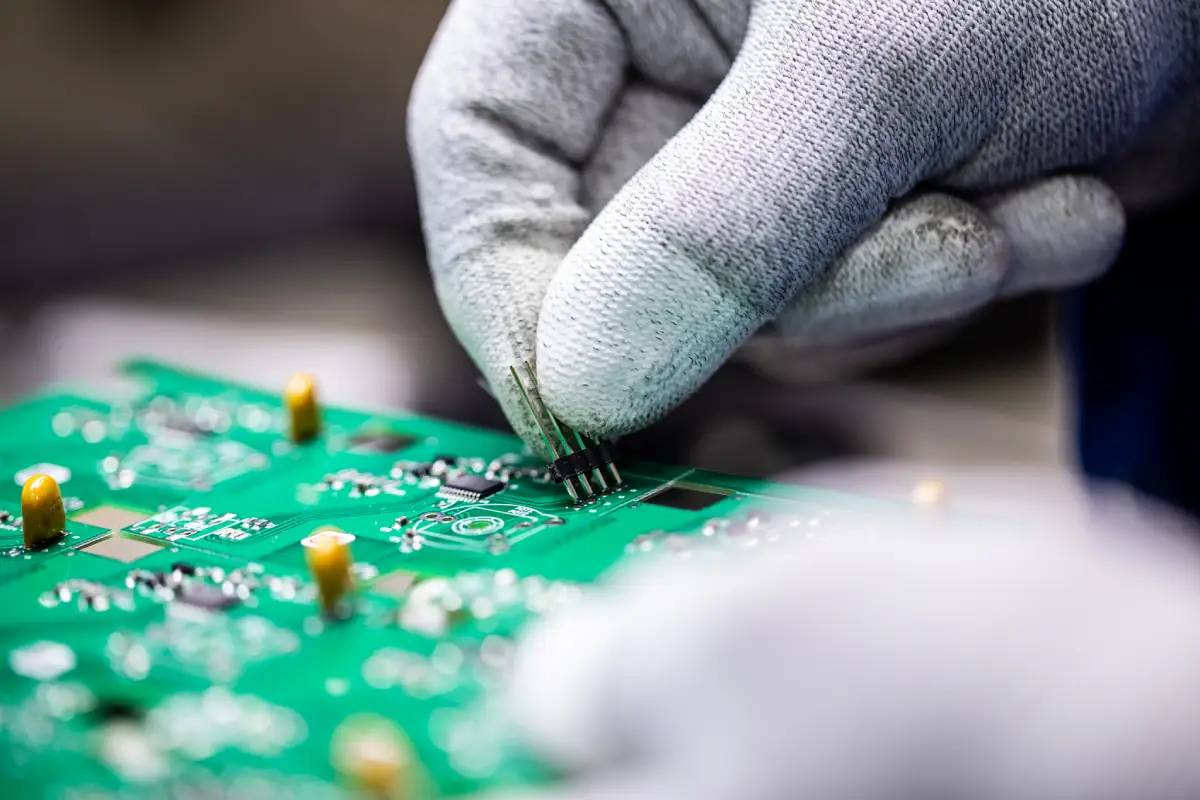



Despite the growing popularity of Surface-Mount Technology (SMT) , THT still plays a significant role in many industries where durability and robustness are crucial. Thanks to solid soldered connections, this technology is used in industrial, automotive, and military electronics, providing high reliability even in demanding environments.
THT involves passing component leads through holes in the PCB and soldering them from the bottom. This process can be performed manually or automatically using wave soldering. Unlike SMT, where components are placed on the surface of the PCB, THT ensures better electrical and mechanical connections, which is critical in applications requiring durability.
Both technologies have their place in modern electronics but differ in significant aspects:
| Feature | THT (Through-Hole Technology) | SMT (Surface Mount Technology) |
|---|---|---|
| Assembly | Components passed through holes | Components placed on the surface of PCB |
| Soldering | Wave soldering or manual | Reflow soldering |
| Durability | Very mechanically robust | Less resistant to vibrations |
| Miniaturization | Limited | High component density |
| Assembly Cost | Higher | Lower for mass production |
THT is irreplaceable in applications requiring greater durability, while SMT is ideal for small-sized products with high production demands.
Despite SMT's popularity, THT technology is still used in many sectors, including:
Unlike SMT, which is nearly fully automated, THT involves more manual labor, making it a more time-intensive process. However, certain solutions can enhance efficiency. However, there are solutions that improve the process:
These technologies enable reduced assembly costs and increased production efficiency.
Although SMT dominates modern electronics, THT still has its place in the industry. The development of hybrid assembly methods combining SMT and THT allows for the creation of efficient and reliable devices. It is expected that THT will remain a key technology in applications requiring durability and resistance to extreme working conditions.
Although less common in consumer production, THT still plays an important role in industrial, aerospace, and military electronics. Modern automation methods for through-hole assembly help optimize costs and production time. Thanks to its reliability, THT remains irreplaceable where durability and safety of electronic devices are paramount.